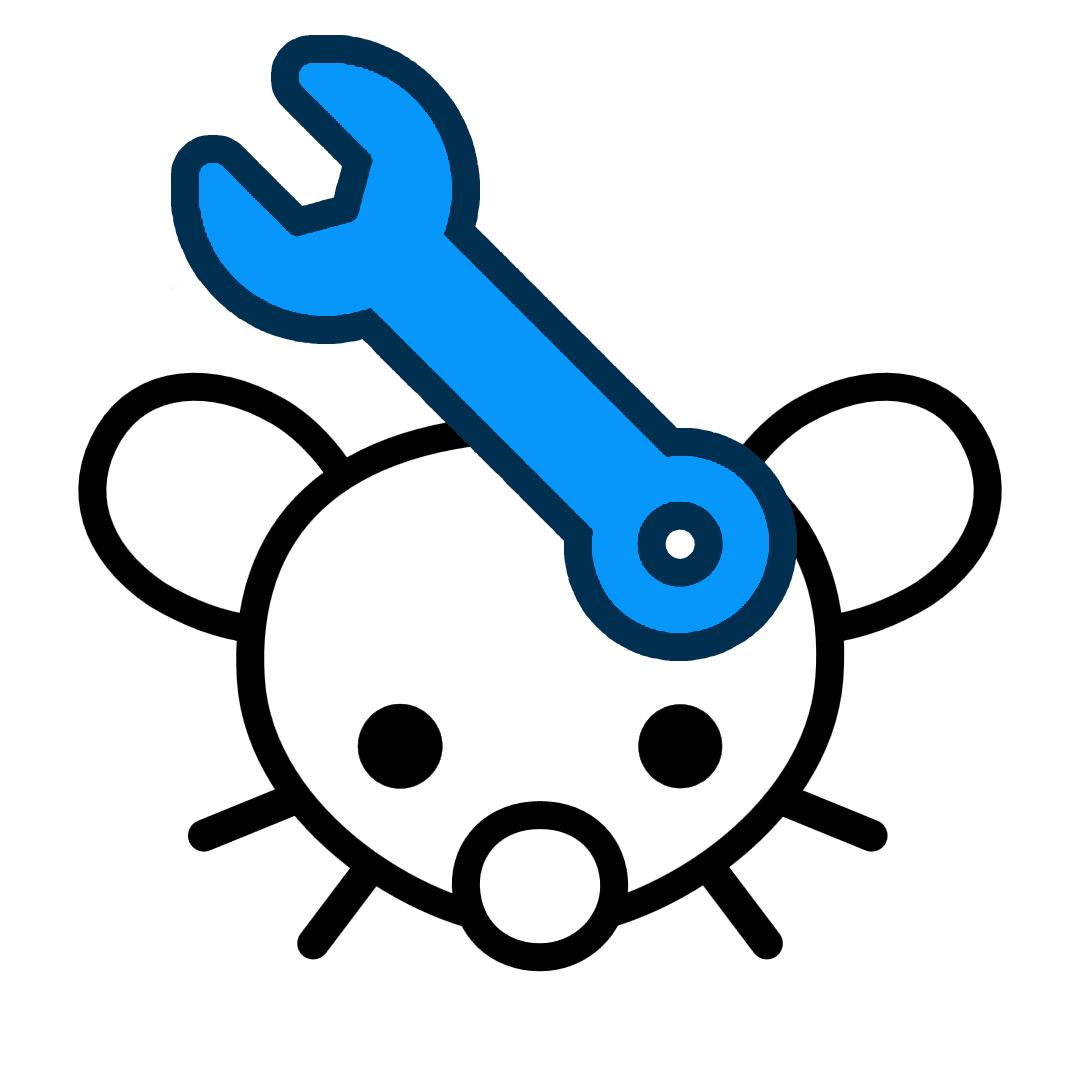My partner and I both have digital cameras. Hers is a Canon EOS Rebel-T5, and mine is an Olympus Tough TG-6. Both cameras will create subdirectories within the /DCIM/ folder, formatted as 10*CANON or 10. We’ve shared SD cards on occasion, and neither camera has had any issues with just creating a new directory to match the current camera; e.g., one SD has /DCIM/100CANON ... /DCIM/101OLYMP, etc.
There is a highly unusual issue going on with one of the cards. It is a 64 GB [pro]master, Code 2145. It is well-used, with probably over 10,000 photos on it from my Olympus (that are backed up), but there is still plenty of room for pictures. When using this card in particular in her Canon, we have noticed that it writes photos without error, but retrieving and reading the photos on the display is terribly laggy and the camera expends a lot of energy “thinking” with the red indicator light. However, with patience, we are able to view any photos that are produced with this camera. The “photo#/total” display at top (e.g. 4/100; 5/8979) is really screwy and the second number changes often, perhaps as it reads from different directories.
ISSUE:
When I load this SD into my computer, I am only able to recognize Olympus subdirectories. There is no evidence of a Canon writing anything onto this disk, not even any of the other data directories it will normally create outside of /DCIM/. Entering the SD through CLI and using commands like /ls -a prove fruitless. Where on earth are these photos? What other options do I have in trying to attain these images?


If it is a full size SD card, your first point of action is to write protect it, there should be a slider of the side of the card, set that to read only.
Then you can try and access the card through the T5.
I hesitate to say anything further as it would require using very powerfull tools that could cause a LOT of dammage to data both on and off the card if missused.
But if you have a spare computer, then it isn’t a bad idea to install linux on it and learn some tools before starting with the SD card.
One of the scarier tools available on Linux is “dd”, data duplicator, though it has a well earned nickname, data destroyer.
dd takes an input file and makes an exact binary duplicate, in this case it would take the device file representing the SD card and make a binary duplicate of it in an image file that you can work on instead of the actual card.
dd’s nickname is however well earned, since it is very easy to mess up and accidentally over write something critical, and once it goes, it damn well goes…
read the manual of the command, read examples, test it out on a spare machine, and learn before you start.